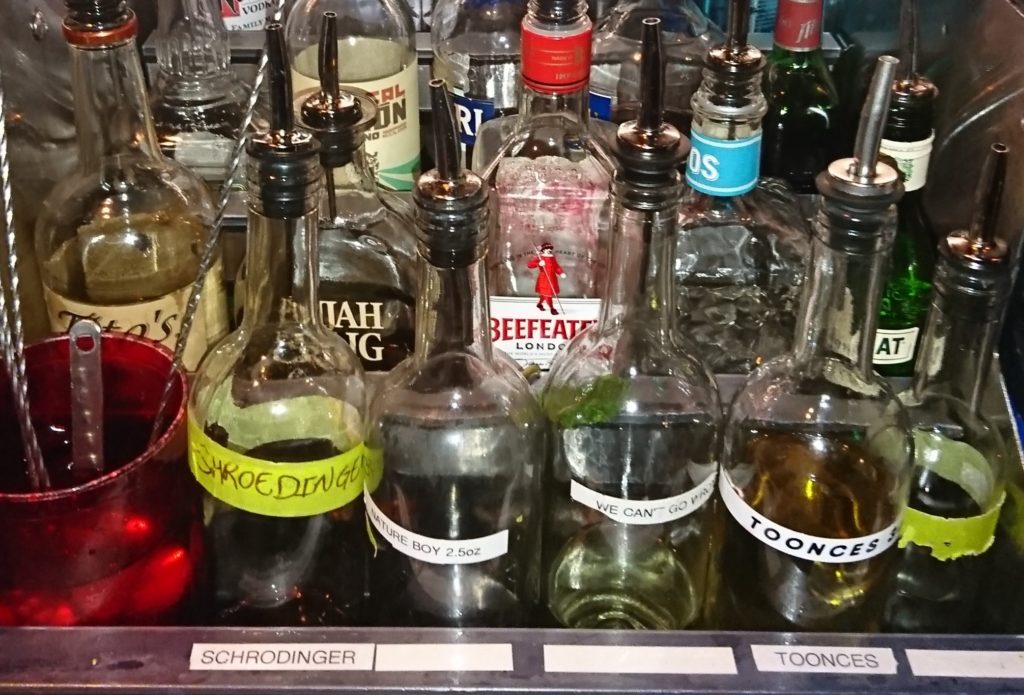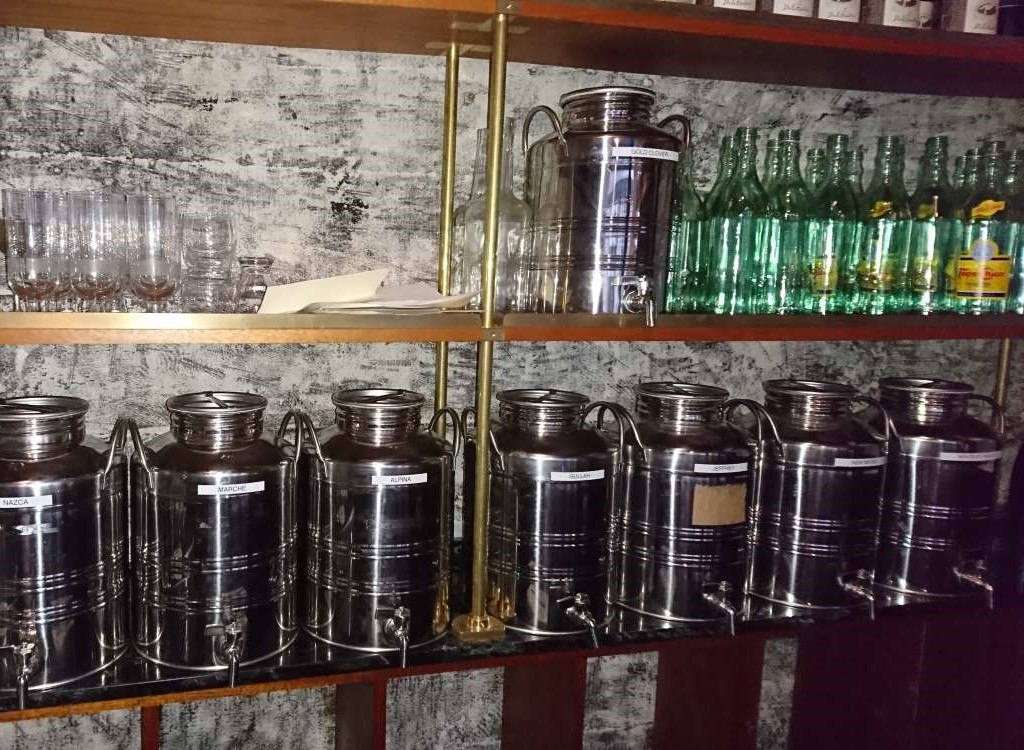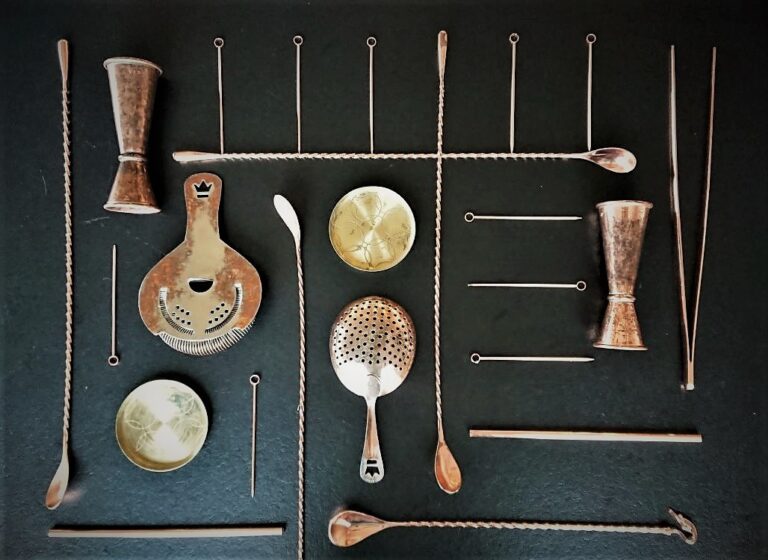I used to be against batching. Boy, was I wrong. I just really felt that most cocktails taste better when they are prepared a la minute. Then I made a menu full of complex cocktails, some with 7 or more ingredients, and changed my tune. Now, let me just say that if I worked for a bar that had 10 seats, patient guests, and the concept allowed for a precise style of service, I would prepare everything to order. Unfortunately there are too many obstacles to overcome in the average bar to provide that level of service. Batching is a great way to get drinks in your guests’ hands faster, and provide a consistent, quality product. It leaves less room for error, especially when powerful ingredients are carefully balanced ahead of time.
Know Your Flavor Profiles
Always taste your batches so you can keep them consistent. I have seen coworkers grab the wrong bottle more than once when prepping a batch, so always be checking. That said, sometimes if you need three bottles of a specific ingredient – say dry vermouth, or a red bitter, like Aperol – and you only have two, you could easily sub a different brand for the last bit, as long as it’s close. Don’t add Campari in place of Aperol, but as long as the flavor profile is darn close, you should be fine. I could tell you stories of “Frankensteining” cocktail batches because we had to pull off service and had “x” but needed “y”. Sometimes you just have to make it happen.
When two or more spirits are combined along with bitters, liqueurs, amari, and any other number of ingredients, strange things start to happen. Treat it like a soup or stew; you know how when you make a soup it just tastes better the next day, after all the flavors have had a chance to meld? The same thing happens in a cocktail, only it’s not always a good thing. In a Manhattan for example, I like to taste all the individual ingredients. I want it to be slightly angular and aggressive with the dilution just enough to soften it up, never on the rocks. I feel that experience can only be achieved by building the cocktail to order. That’s not to say I haven’t had some great barrel aged Manhattans, I just prefer mine made on the spot.

Streamlined Service
Another benefit of batching is getting to write cocktail proportions on the well labels. This is the simple act of placing printed stickers on the wells, on or in front of the bottles, telling you what is in each bottle. Along with displaying the contents of what is in each bottle, you also have the opportunity to write the proportions needed to build each cocktail, further eliminating the possibility for mistakes. Batching also allows you to pick the bottles you use. If you need little short bottles, or tall skinny bottles, or wide thin bottles…the world is your oyster. Having matching bottles for your batched cocktails also gives you the opportunity to have all matching caps for the end of the night when you need to remove and clean the pour spouts—a critical part of bar cleanliness.
Although batching your cocktails can save time and allow smoother, more accurate service and give you more time to spend with your guests, there are several things to be aware of. First, make sure you only batch what you will use. It’s hard to get rid of batches after a menu change. That said, it’s not impossible. You can always have a special, or a happy hour cocktail, but it’s best to try and run out before a menu change. Second, never batch perishable ingredients like fresh juices, shrubs, fruit syrups, etc. They should always be added to order. The only exception would be if you are batching for an event like a wedding, private party, or cocktail convention where you intend to serve until you run out. Lastly, some people think one should refrain from adding bitters to a batch as well because they “bloom”. I have never noticed a difference, but if you have, let me know in the comments!
Thanks to Google, Your Resume is No Longer Good Enough
Over the last 12 months it has been easier than ever to get a job....
Read MoreThe Last Time I Drove Drunk
It’s the impossible stories that frame our lives. Those utterly stupid, tragic, unpredictable events that...
Read MoreThe Dangers of Copper Barware
While unlikely to cause real harm, it’s important to be aware Back in 2014, I...
Read MoreWhat Will it Look Like When We Reopen?
As restrictions slowly loosen around the country, it’s only a matter of time before bars...
Read More




